A massive iceberg, measuring over 1,500 square kilometers, has broken off from Antarctica’s Brunt Ice Shelf. Scientists are closely monitoring its movements as it drifts into the Weddell Sea, raising concerns about climate change and its effects on global sea levels.
The giant iceberg is a stark reminder of the environmental changes taking place in Antarctica
What Caused the Iceberg to Break Off?
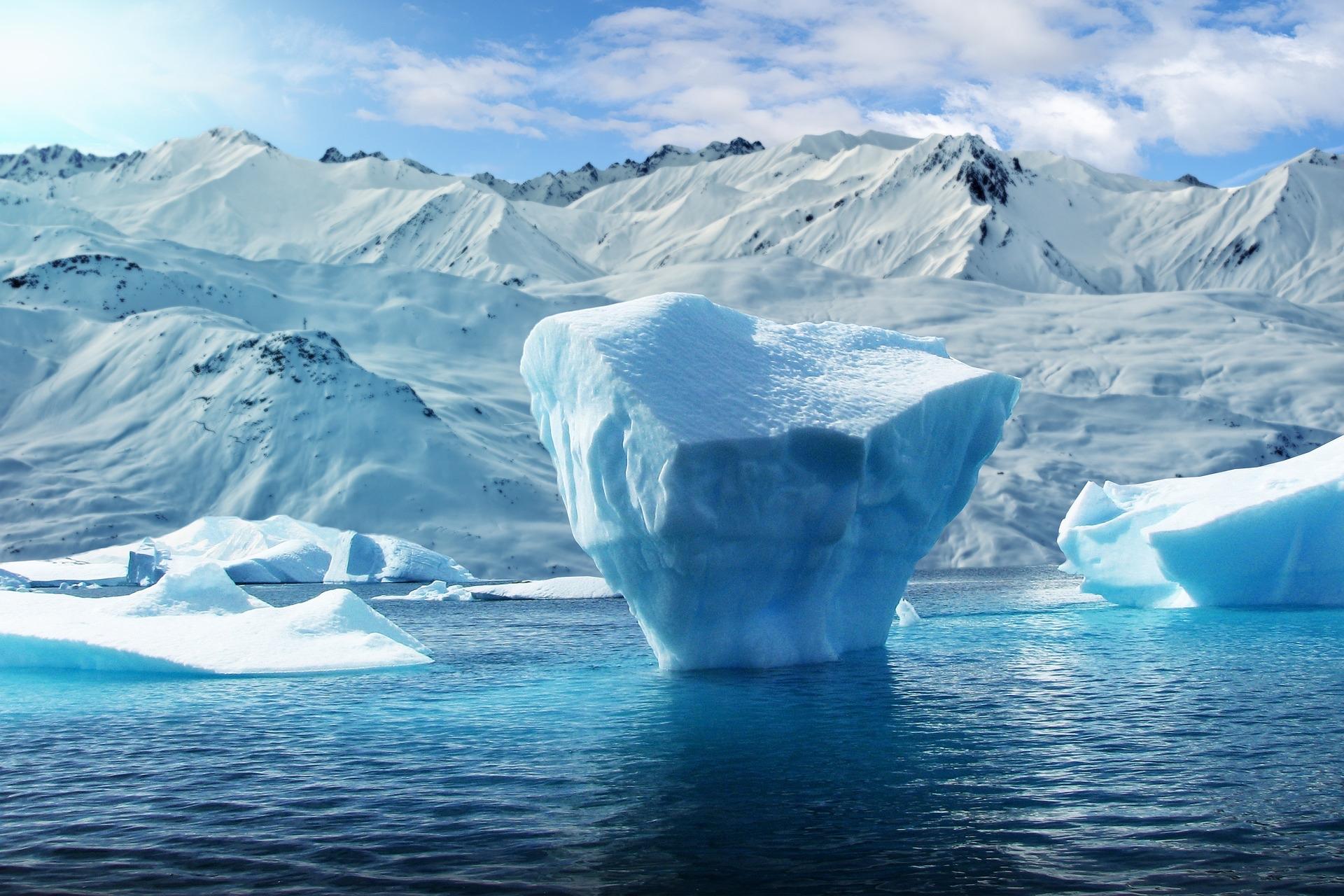
The break occurred along the Chasm-1 rift, a large crack in the Brunt Ice Shelf that has been expanding for years. The European Space Agency (ESA) and the British Antarctic Survey have been tracking the growth of this rift, which ultimately led to the separation of the iceberg.
Chasm-1 has been widening over time, leading to the massive iceberg’s separation
Size and Scale: Just How Big Is This Iceberg?
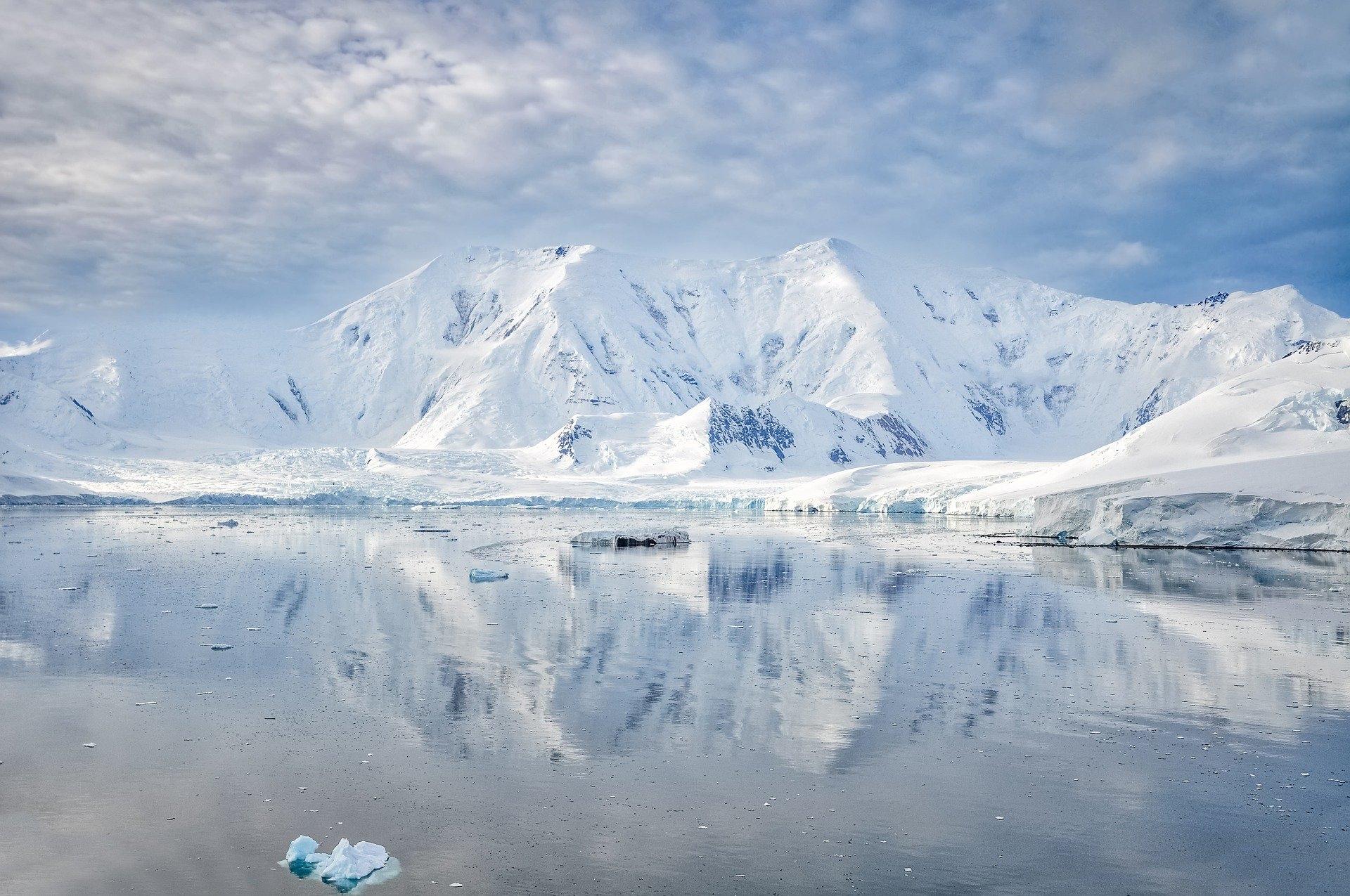
This newly formed iceberg is one of the largest seen in recent years, spanning an area larger than Los Angeles. Such giant icebergs are becoming increasingly common as warming temperatures accelerate ice shelf fracturing in Antarctica.
The Role of Climate Change: Is This the New Normal?
The Role of Climate Change: Is This the New Normal?
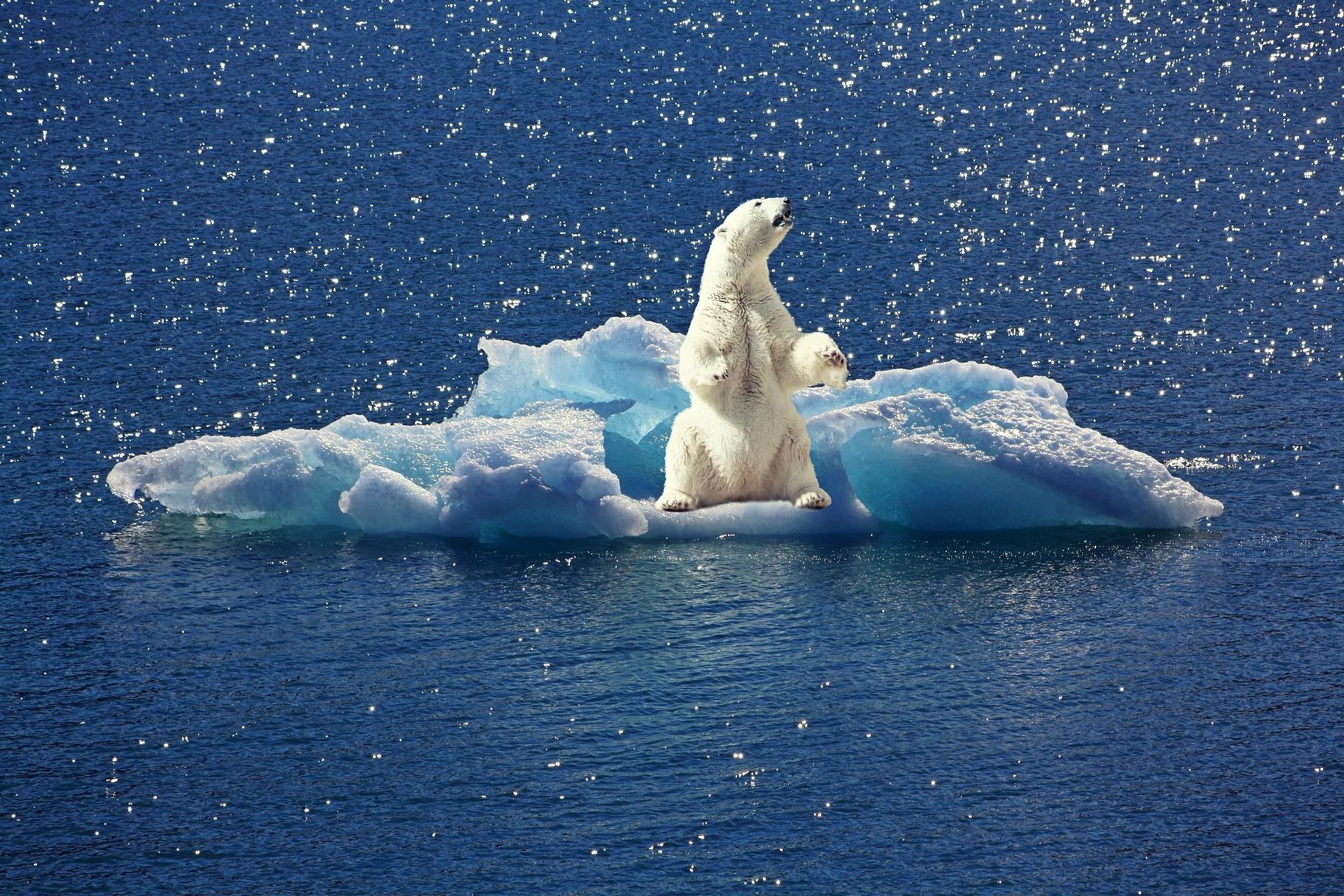
While icebergs naturally calve from Antarctica, the frequency and scale of these events have intensified in recent decades. Scientists believe that climate change is contributing to these shifts, as warmer ocean temperatures and changing wind patterns affect the stability of ice shelves.
Climate change is believed to be accelerating the calving of massive icebergs from Antarctica.
Tracking the Iceberg’s Journey: Where Will It Go?
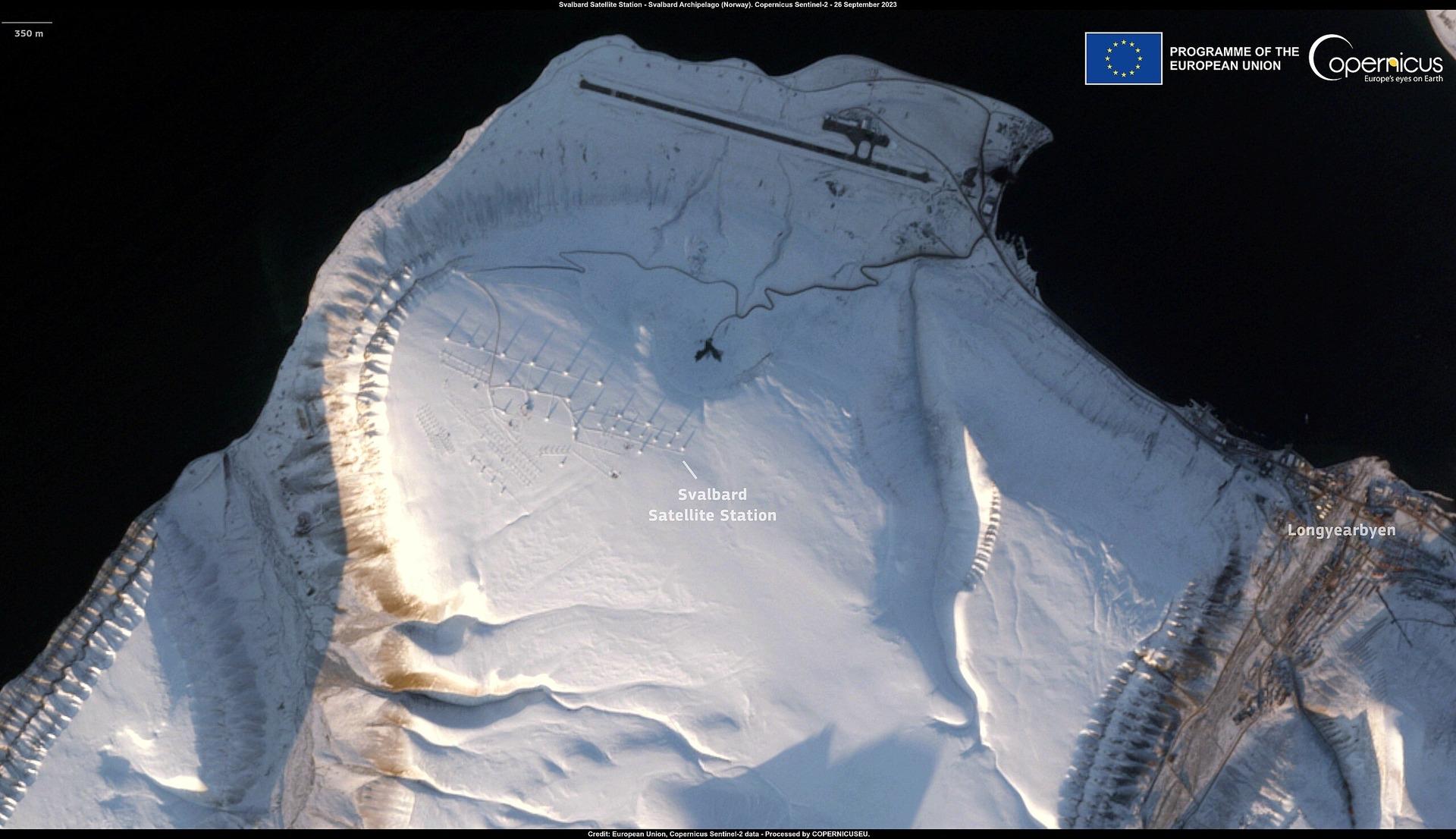
ESA’s Copernicus Sentinel satellites are keeping a close watch on the iceberg as it drifts through the Weddell Sea. While it may pose little immediate threat, monitoring its path is crucial to understand how these massive ice formations interact with ocean currents and marine ecosystems.
Copernicus Sentinel satellites are tracking the iceberg as it moves through the Weddell Sea.
Potential Consequences: Will This Affect Sea Levels?
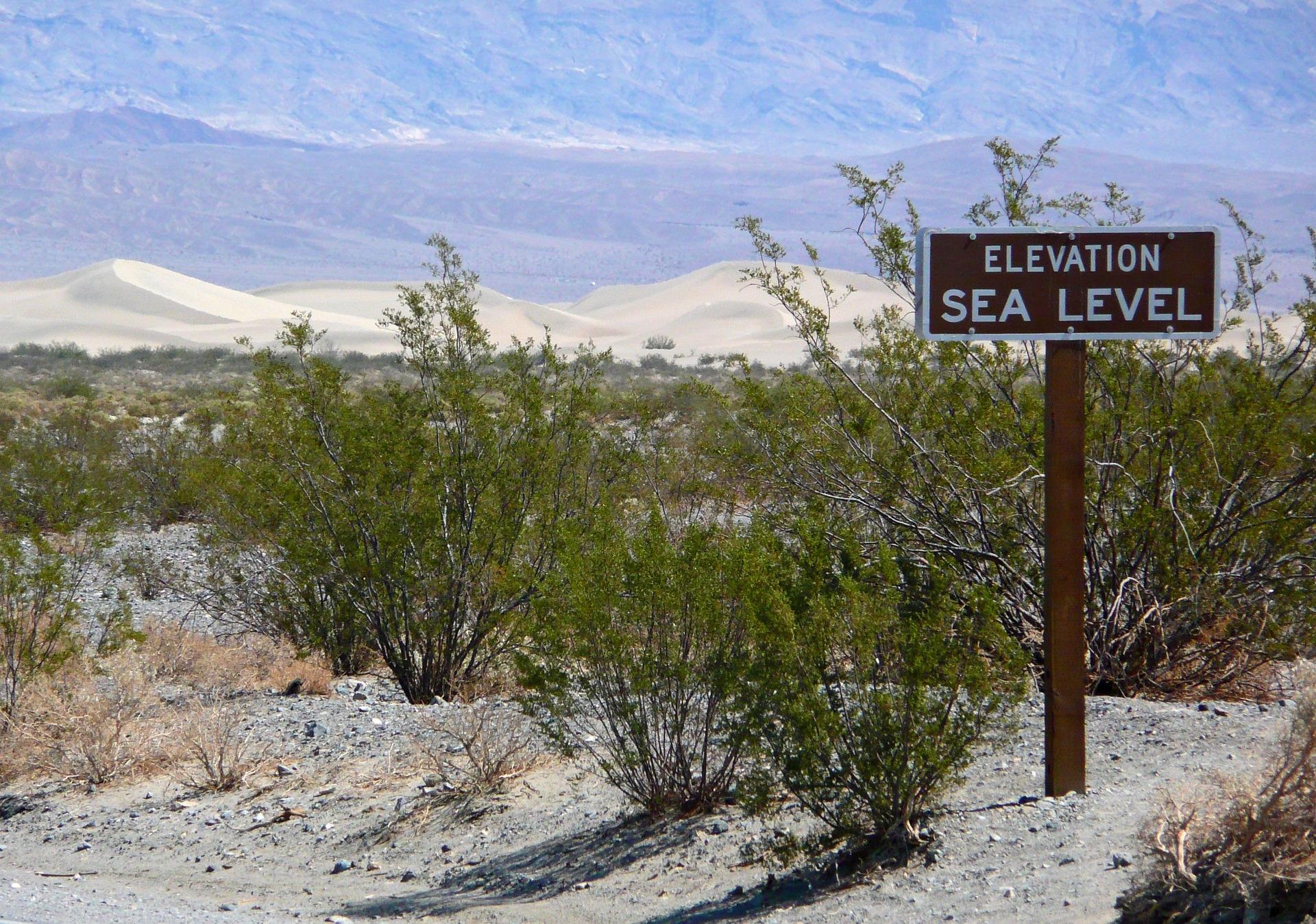
Though this iceberg’s breakaway won’t directly cause a rise in sea levels, the ongoing loss of ice shelves like the Brunt could indirectly contribute to sea-level rise. Ice shelves act as barriers, slowing the flow of glaciers into the ocean. As they weaken, more glacial ice can enter the sea, leading to higher water levels.
The loss of ice shelves can indirectly contribute to global sea-level rise over time.
What’s Next for the Antarctic Ice Shelf?

The Brunt Ice Shelf, where the iceberg calved, remains under close observation. Researchers are investigating whether more calving events could occur in the near future, which could further destabilize the region and lead to additional large-scale ice losses.
Scientists are monitoring the Brunt Ice Shelf for signs of further calving events.
International Collaboration: How the World Is Watching

The international scientific community is actively involved in monitoring Antarctic ice shelves. Through collaborations like ESA’s Copernicus program, scientists around the world can share data and insights, helping to predict future changes in polar ice dynamics.
Global collaborations are key to understanding and monitoring changes in Antarctica
Protecting the Polar Regions: What Can Be Done?
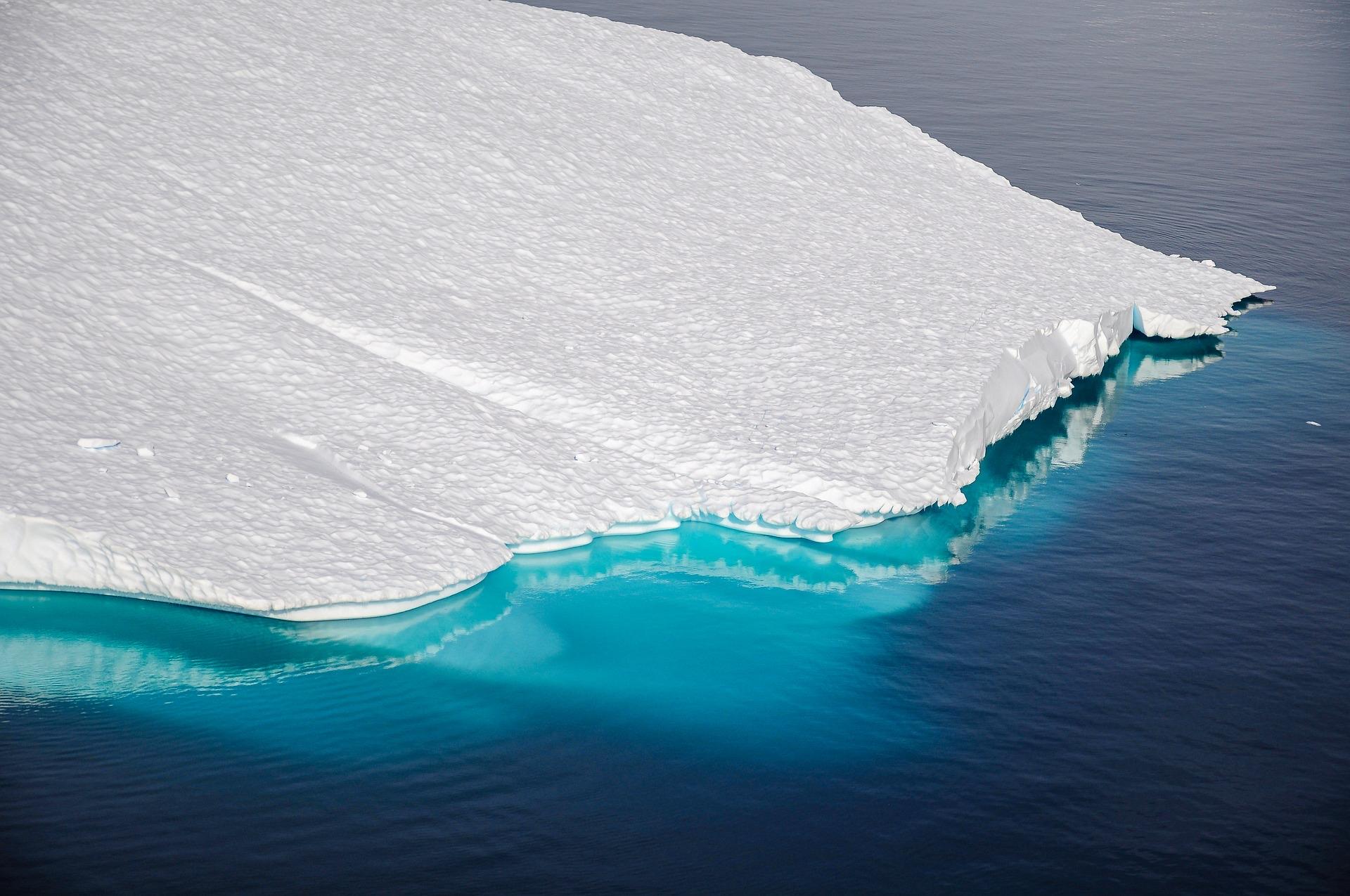
Efforts to slow the effects of climate change on polar regions are critical. Reducing greenhouse gas emissions and taking steps to protect vulnerable ecosystems are crucial to preserving Antarctica’s ice shelves and mitigating the long-term impacts on global sea levels.
Protecting polar regions is vital to slowing the impacts of climate change and preserving ice shelves.
The Bigger Picture: What This Iceberg Tells Us About Our Planet
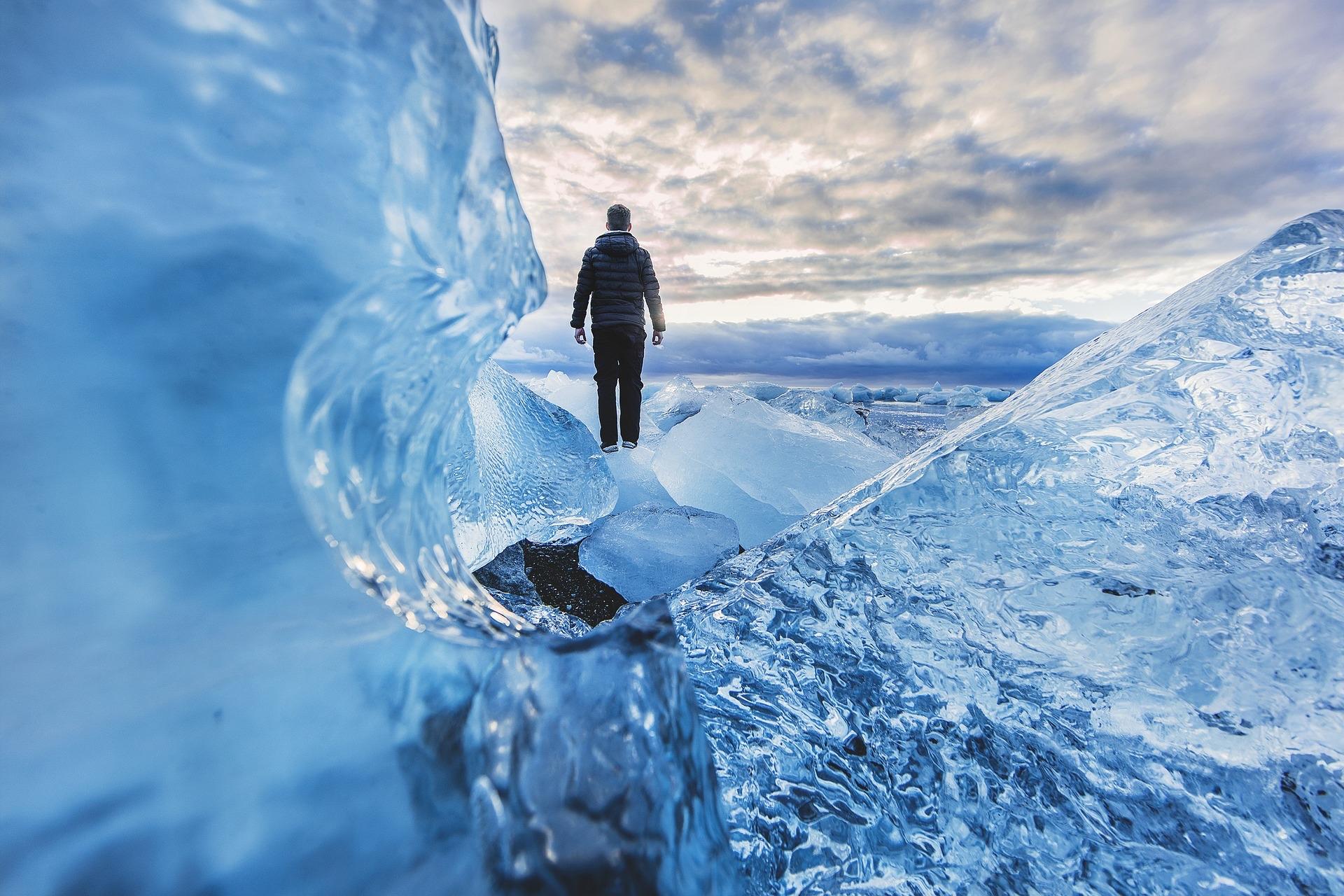
This event is a stark reminder of the environmental shifts happening across the globe. As we continue to study and understand these changes, events like this giant iceberg breaking away from Antarctica will shape our knowledge of Earth’s evolving climate and the actions we need to take.
The breaking of the iceberg is a sign of the global shifts happening due to climate change.

